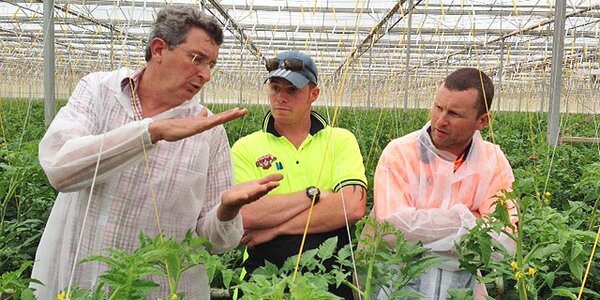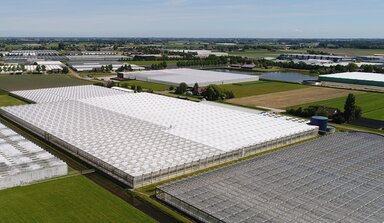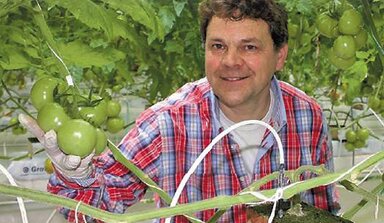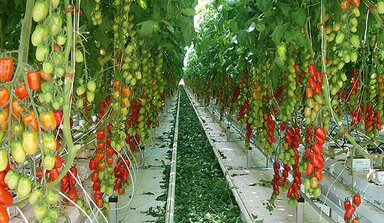Ex-grower conveys high-tech production to Australian colleagues
Ex-tomato grower Toon Oomen teaches colleagues in Australia and New Zealand how to ‘read’ a crop. The extreme Australian conditions call for the use of ReduFuse.
Up until 2005 Toon Oomen ran a high producing tomato nursery in the Dutch village of Galder. His nursery was much in demand by seed companies who wanted to give tours to domestic and foreign visitors. When he stopped they too lost their nursery for visitors. However, they immediately saw opportunities for the highly experienced grower to offer advice in emerging markets on the other side of the world. “All vegetable nurseries have arisen out of the trade and have no experience in cultivation. The biggest challenge is to teach the new growers how to 'read' a plant. If they succeed in that it’s easier to apply the tools,” he says.
He didn’t want to settle permanently in Australia. Therefore they came up with an ingenious way to offer advice at a distance. “Three times a year I visit a number of tomato nurseries. I supervise six intensive ones (around Melbourne and New Zealand) and two extensive ones (near Brisbane). For the rest of the year they send a weekly report containing all their information. I analyse it and then we have contact via Skype.”
This includes climate data and the number and size of the waterings. Also, the growers take various photos of a few plants, always the same plants under the same conditions.

Toon Oomen
Everything from the Netherlands
Literally the entire greenhouse – right up to the concrete poles – comes from the Netherlands (except for the glass, but that is just like greenhouses in the Netherlands). “That's because in the past they have had bad experiences with local greenhouse builders. They also import knowledge from the Netherlands. All the managers travel regularly to the Netherlands or Belgium to brush up their horticultural knowledge, he says.
Over the course of time, Oomen’s advice has led to the crop managers adjusting their substrate, planting distance and varieties. However, changing the cultivation strategy required stronger persuasion. “The climate in Australia is killing. They are used to growing a robust crop to get through the hot summer. That costs production in the winter and the spring. I said: You’re letting money slip away in precisely the expensive period,” says the advisor.
Coating came just when needed
It's a matter of daring to enter the summer with a lean plant. “ReduFuse became available just when needed,” he says. “We did a trial and got plants growing much leaner in a section of greenhouse with the diffuse coating. We were very nervous. But the results were excellent; four kilos more yield in the spring and an acceptable quality in the summer. Thus it's a success story. So, the next step: Get the crop growing even more sharply so you can get more stems per square metre and therefore more kilos per week. We are still working on exploiting these sorts of possibilities under ReduFuse. Actually ReduFuse IR could be an even better step because the coating reflects heat, but the growers have just got used to one coating so it’s too early to switch over to another one.”
New Zealand
It is a somewhat different story in New Zealand. There the higher air humidity makes it more difficult to get the crop growing more sharply. “Therefore we waited longer before we applied ReduFuse. In addition, in some greenhouses, due to the angle of the building construction, it's harder to steer the climate. We aren’t reaching quite the intended results yet but I do see possibilities. The conclusion: In Australia ReduFuse is now indispensable, while in New Zealand it still requires a lot of fine tuning.”
In the meantime Oomen, somewhat like a missionary, has to continue to remind growers to maintain a much drier crop at the start of the cultivation period and during the autumn/winter. “That really goes against their instincts. Then I say: At the end of the day the plant has to be tired. In that way you stimulate it to become more generative. But such an approach absolutely requires you to read the plant well.”


